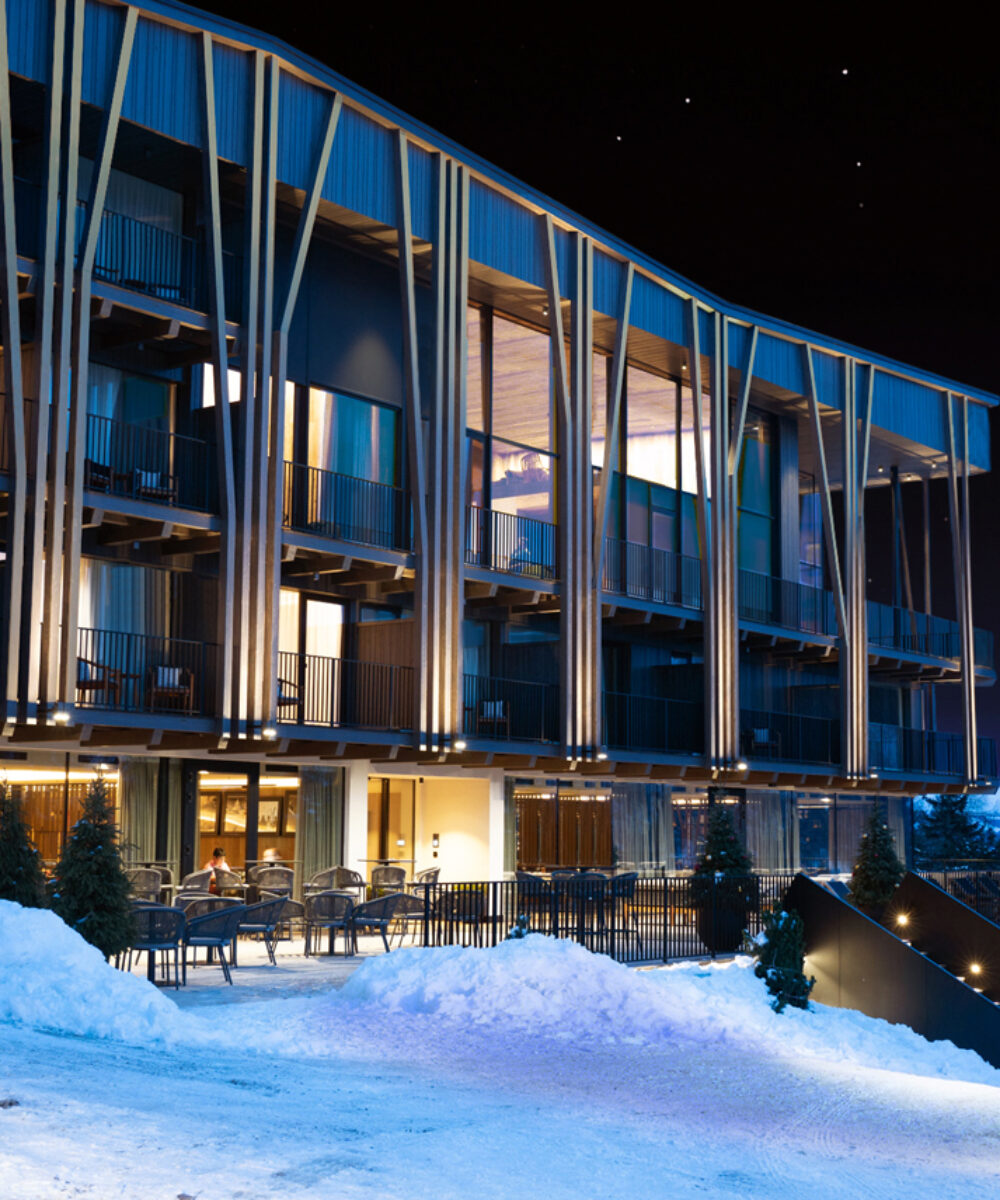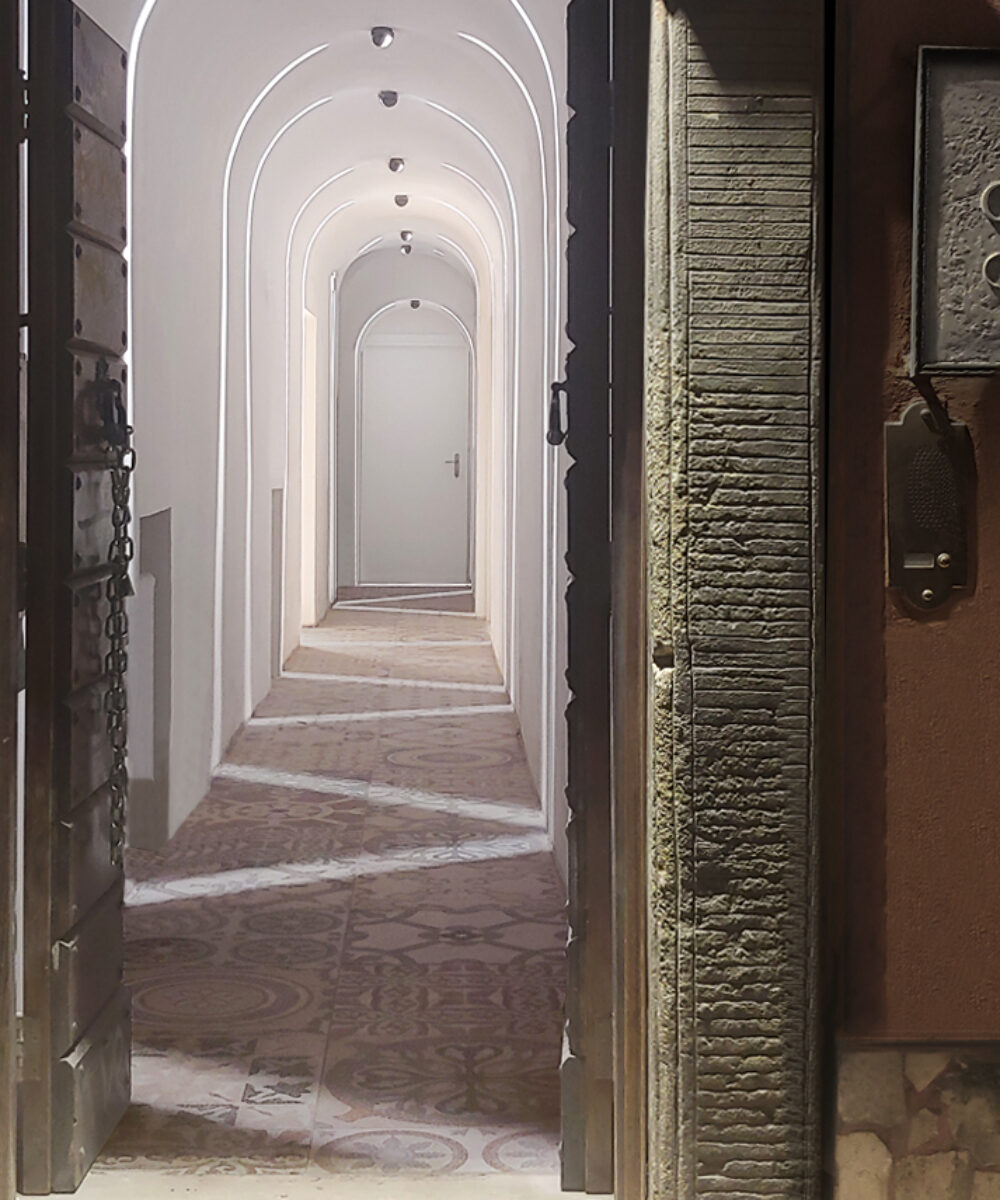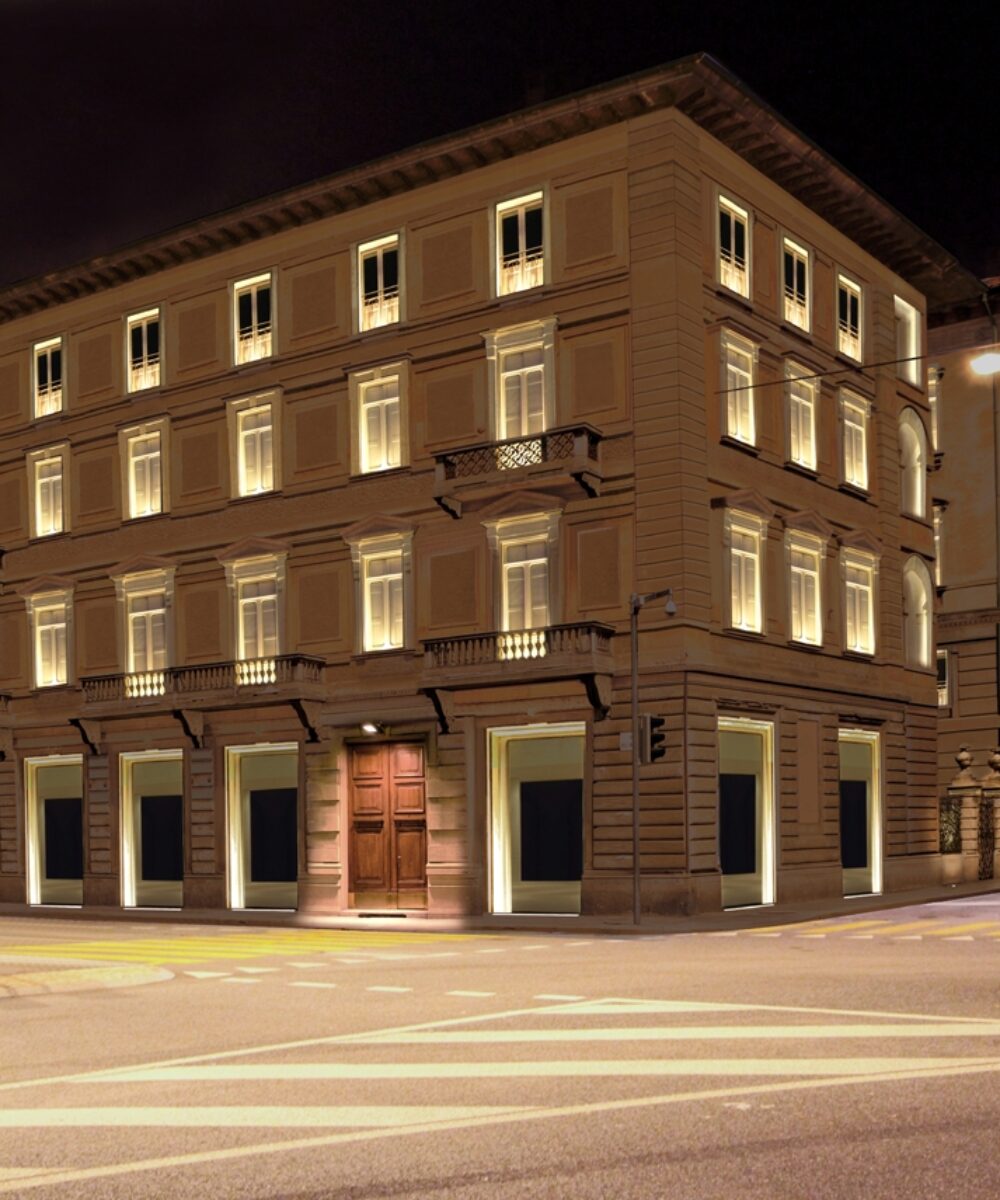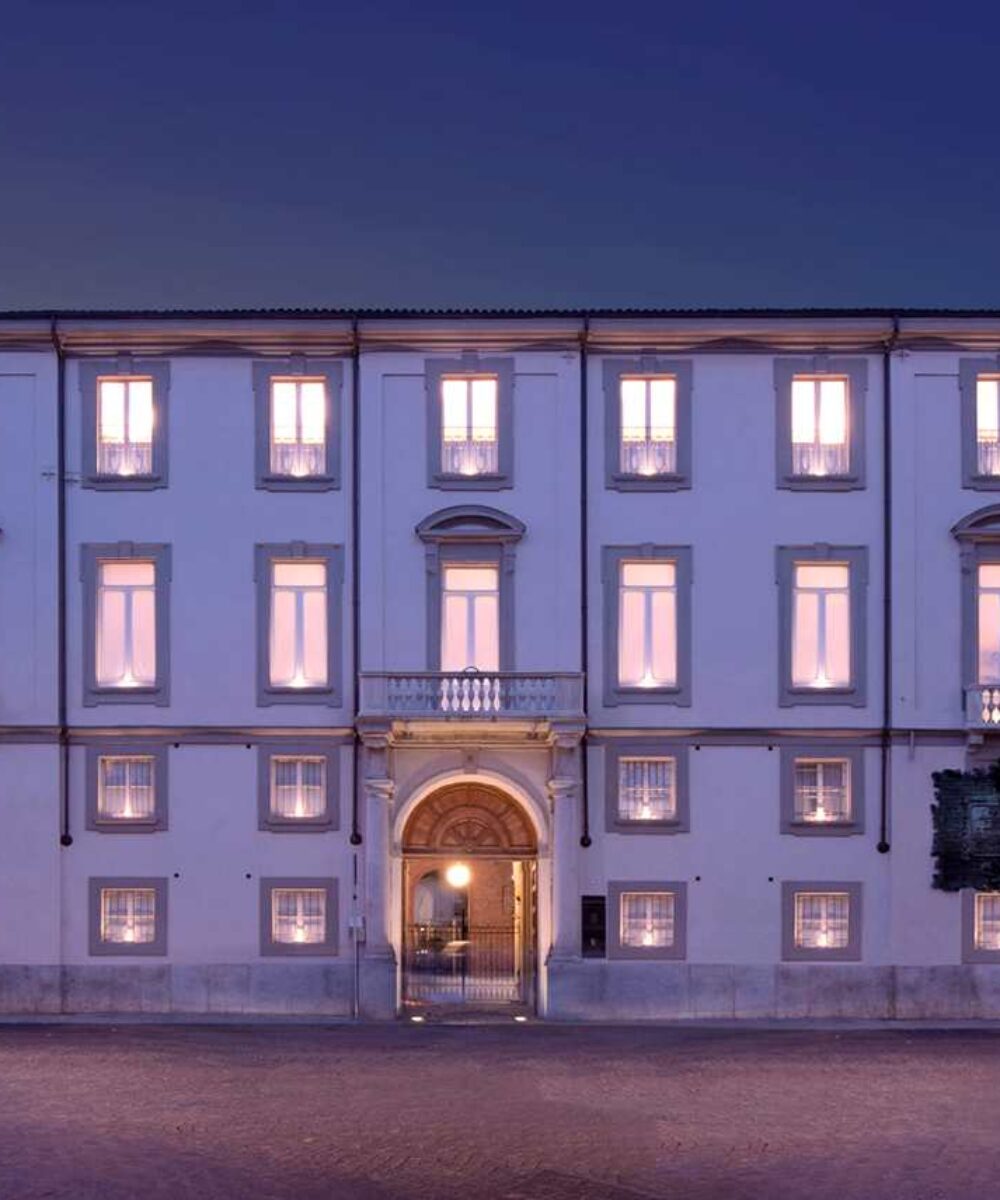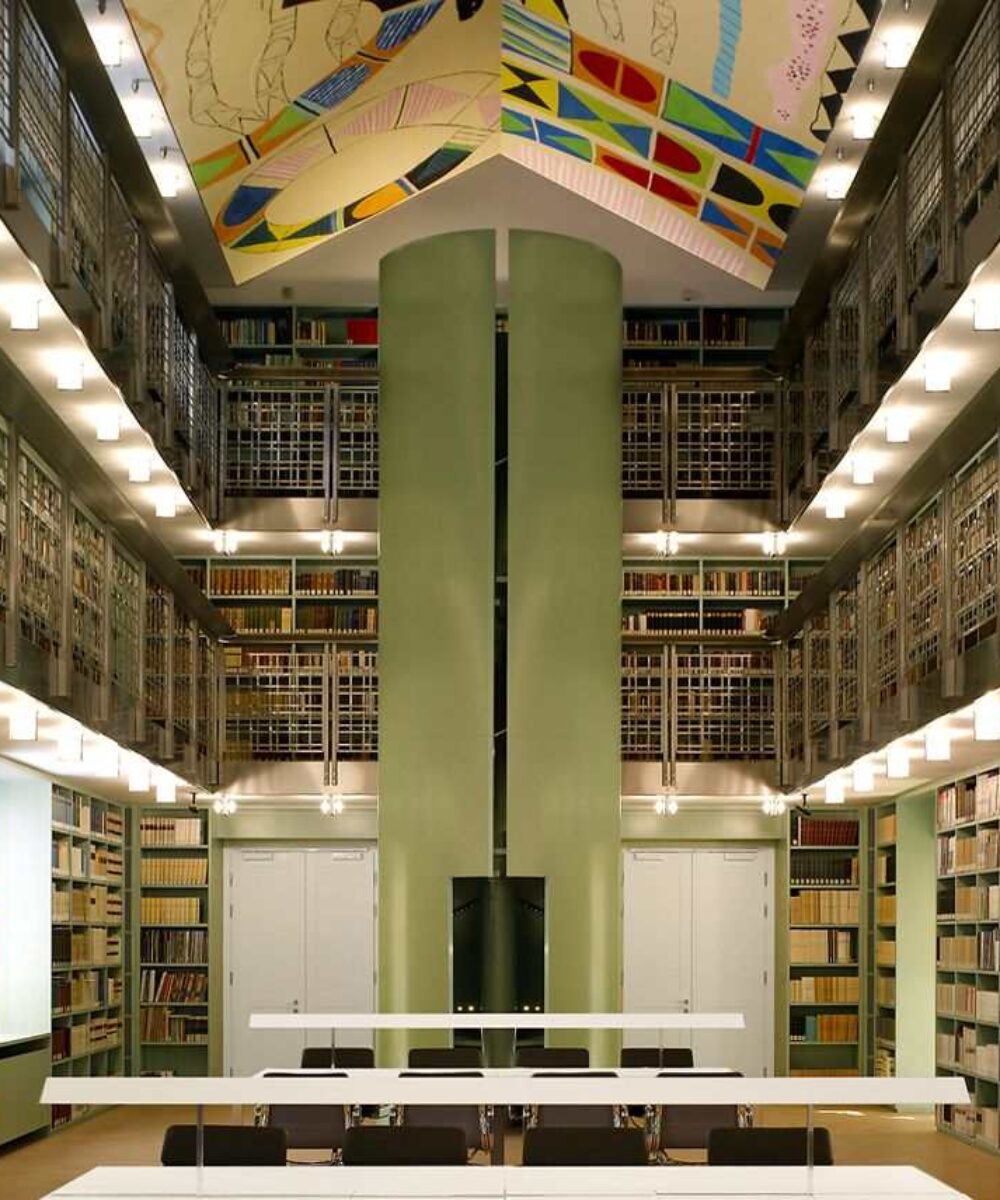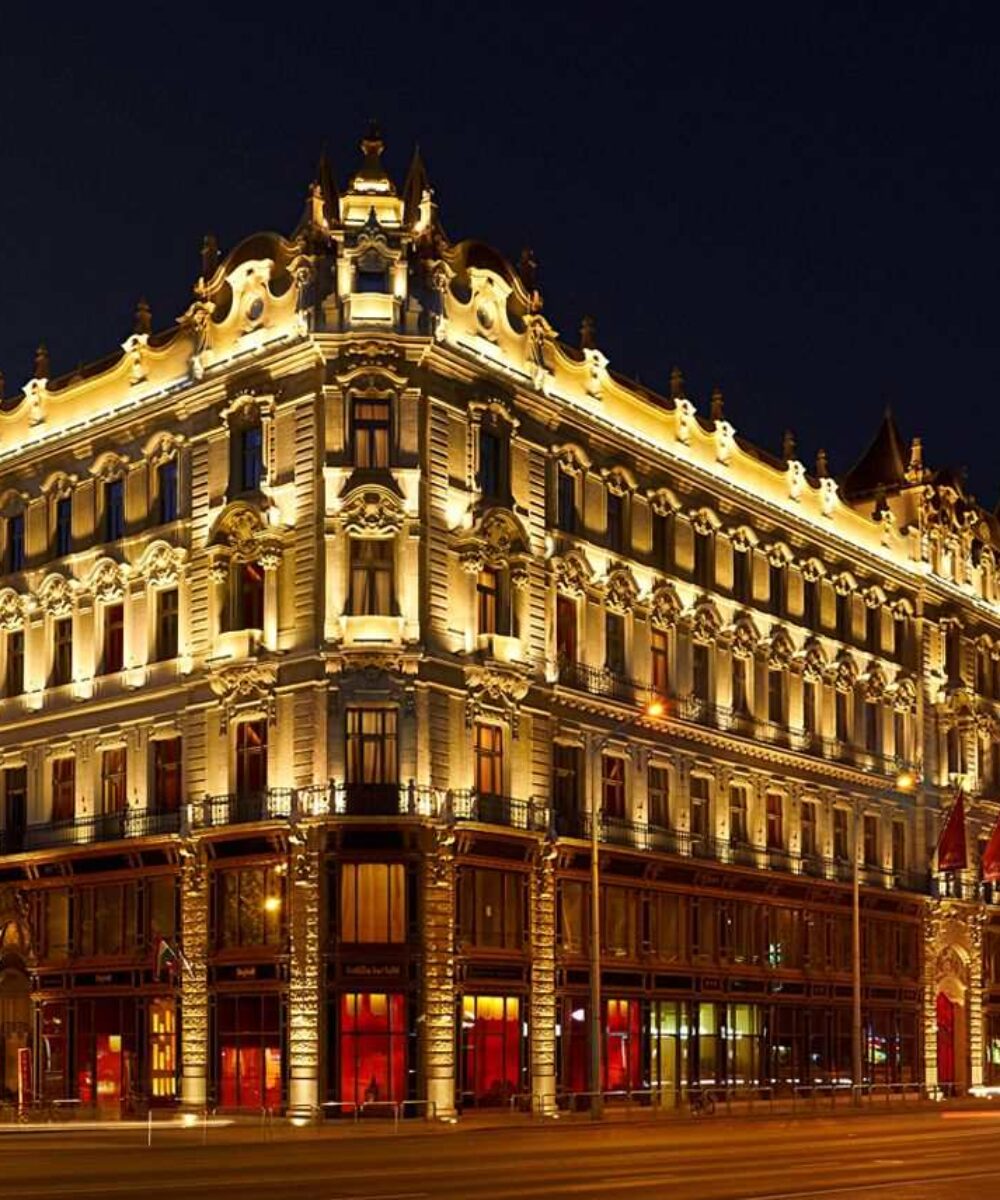Architectural Outdoor Lighting: The Design of Lights for Buildings
Cities are constantly growing and, more and more, night time offers many social and economic opportunities, with architecture making up its scenography. Moreover, this is how architectural outdoor lighting emphasizes the architectural details of elevations, sculpting volumes, capturing interest, and conveying emotions. For example, lighting a hotel can be a way of enhancing the building and creating added value at night. This section includes architectural lighting projects, facades of historic buildings, and interior lighting and hotel lighting projects.
Italy | Modena | Sant'Agostino Cultural Center
Italy | Forlì | Saint Sophia | Theater complex "Mentor"
Italia | Imola | Osservanza District
Italy | Florence | Giunti Odeon Bookshop and Cinema
Italy | Modena | Sant'Agostino Cultural Center
Italy | Forlì | Saint Sophia | Theater complex "Mentor"
Italia | Imola | Osservanza District
Italy | Florence | Giunti Odeon Bookshop and Cinema
The lighting design of monuments and buildings of historical, architectural or civil importance, is a fundamental aspect for enhancing the characteristics of any urban space. Often some monuments or buildings have a representative function or have simply become points of reference for the inhabitants of a city. Good lighting control fulfills the task of underlining their value while maintaining their prestige and characteristics. An important part of architectural outdoor lighting is to make architectural details visible. Without light, due to their position, they would barely be visible or even ignored. Consequently, it is the task of a good lighting project to unveil the beauty of a remote corner of the city or to exalt its historical importance.
The architectural outdoor lighting project of a façade requires careful analysis, which takes into account, in some cases, the constraints of cultural heritage or the overall electricity available and light pollution in others, while still maintaining an aesthetic sensitivity that adds value to the urban context. Another purpose is to highlight the significant aspects of the building with light. Alternatively, it can be an attractive element, such as hotel lighting. As Le Corbusier argued, "Architecture is a skillful game of volumes in light", that is, natural light gives elegance and consistency to architectural volumes. Precisely for this reason, at night, the delicate task of restoring forms and aesthetic perception to architectural works is entrusted to artificial light.
Finally, we must remember that artificial night lighting can create a very different sensory effect that is not limited to a simple daytime simulation but goes beyond, transforming, for example, the windows of buildings into real light sources that float in the air. However, there are reference standards, which indicate illuminance and luminance values, designed to limit light dispersion and oversized systems. During the design and the consequent lighting verification, attention must be paid to glare, which can be avoided by the positioning and careful pointing of the lamps. Another three fundamental aspects are beam control, contrast, and color temperature. In this section, in addition to external lighting projects, there are also lighting projects for interiors and spaces.
Interior lighting aims to create a particular reading of space with light, highlighting volumes, differentiating floors, levels, and depths. When natural light is not present, artificial light becomes a fundamental tool for the differentiation of the articulation of spaces, pathways, and environments. Another interesting aspect of the design of interior spaces is that of rethinking the existing lighting project with modern technologies, where possible by verifying the optics, the illumination values, the chromatic quality of the light emission, keeping the installed fixtures that have historical, artistic, and cultural value. We will examine three examples with three different lighting solutions for buildings façades.
Architectural Outdoor Lighting of Buildings Facades
Klotild Palace in Budapest, where the lighting design for the nineteenth-century building uses small projectors with different light beam openings, placed directly on the facade, ensuring uniform lighting and highlighting its architecture. An accent light highlights the spires on the edge of the cornices. The wrought iron balconies stretching out on all four sides of the building are embellished with backlighting.
Venezia Palace in Rome, where a set of 23 projectors with sodium sources housed beneath the roofing of the Assicurazioni Generali building in front ensures the lighting of the façade. The new project provided for a general overhaul of the previous lighting system, keeping the power supply circuit of the fixtures and their positioning as unaltered as possible, replacing the sources and projectors currently used with sources of improved colour rendering and luminous efficiency and with luminaires of new lighting concept, with optics guaranteeing greater control of beam emission and equipped with adjustable anti-glare devices. The lighting verification, in this case, was very important, especially for the choice of the optics in the new devices.
Finally, Papadopoli Palace in Venice is a 16th-century patrician building overlooking the Grand Canal near the Rialto Bridge, frescoed during the eighteenth century by Giambattista Tiepolo. Now the building has been transformed into a 7-star hotel with 24 suites with different architecture and furniture, spa, lounges, and halls. The hotel lighting project combined the historical architecture of the building with the interior architecture and the design of the furnishings with the regulations in force. The main façade is illuminated by four low voltage 25W LED 24Vdc projectors placed on the raft in front of the building 40cm below the water level.
This location, besides guaranteeing accessibility and safety for the maintenance of the appliances (a metal arm on a track allows movement), is a strategic point for light projection, allowing the devices to be hidden from view. The direction of incidence of the rays significantly reduces the luminance of the projectors from the viewpoints of the observer, limiting any possible glare. The reflection of the water thus illuminates the façade of the palace with a slightly dynamic light due to the wave motion.










